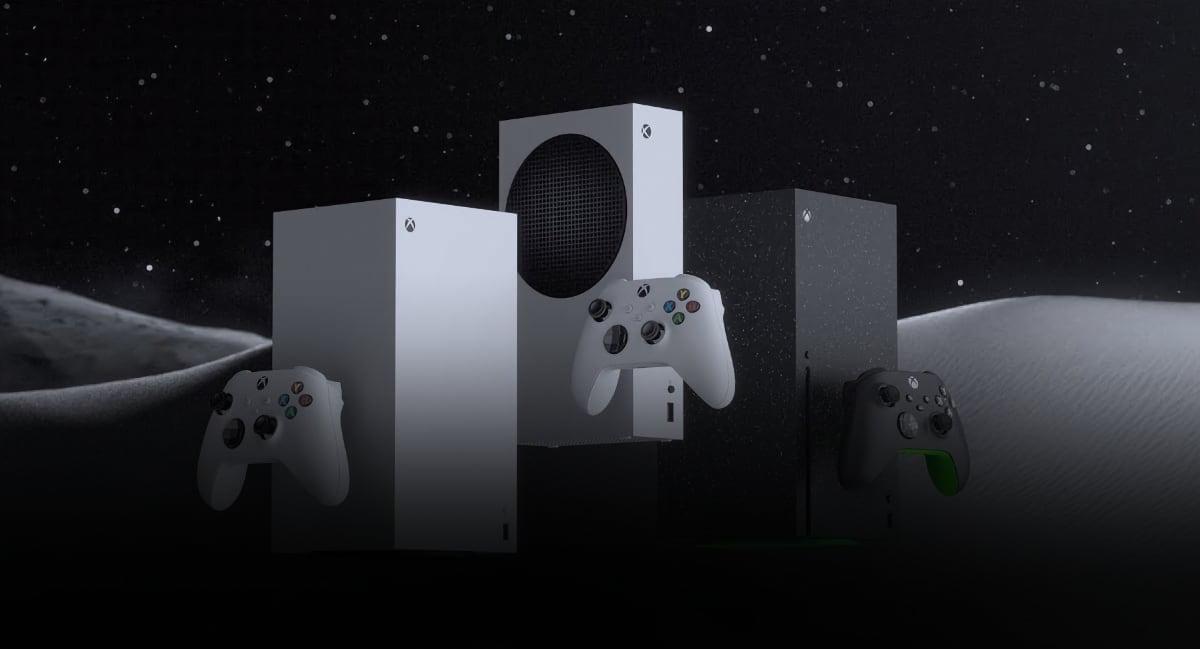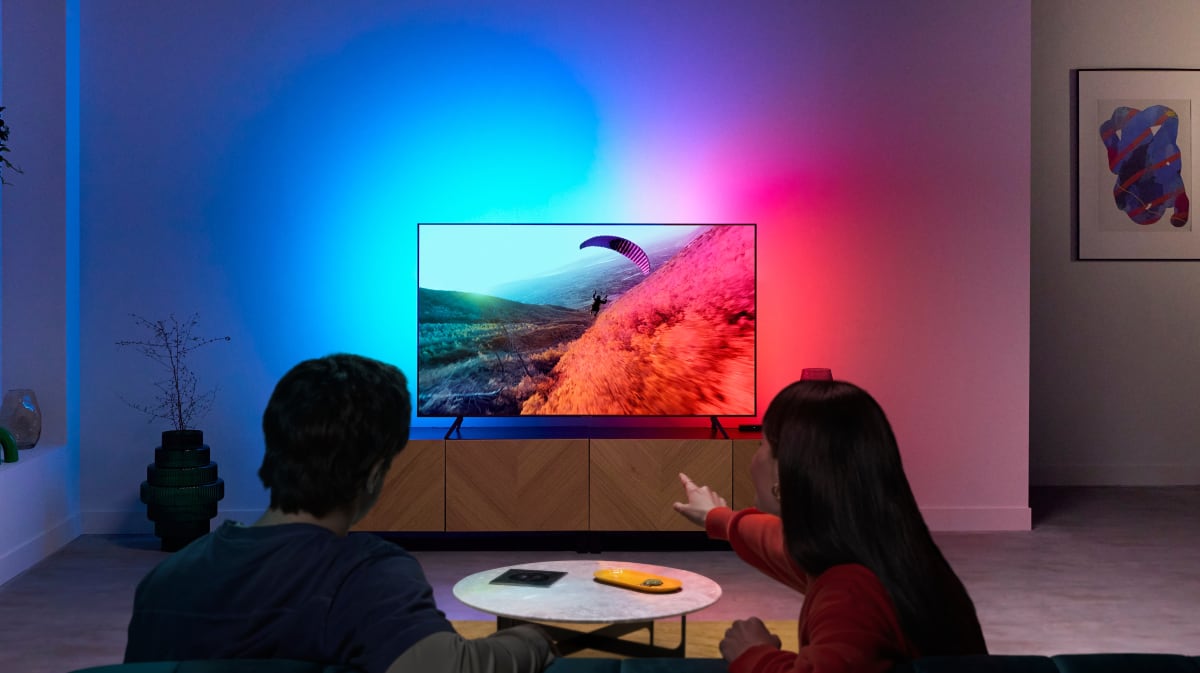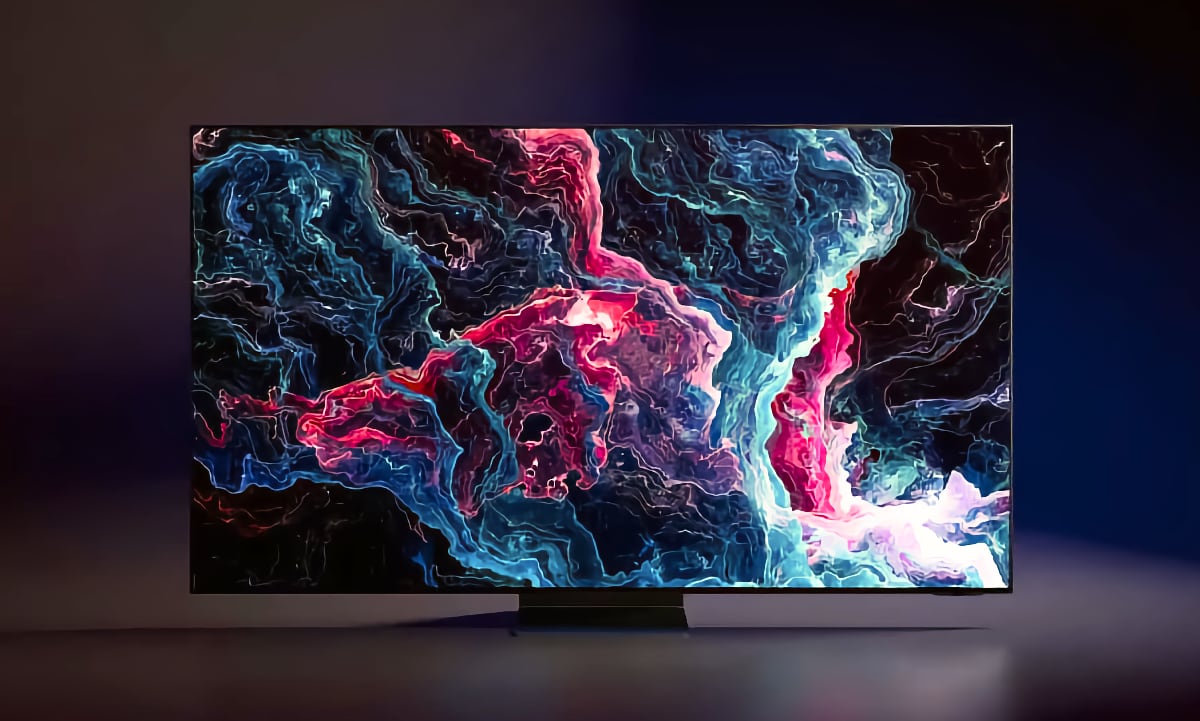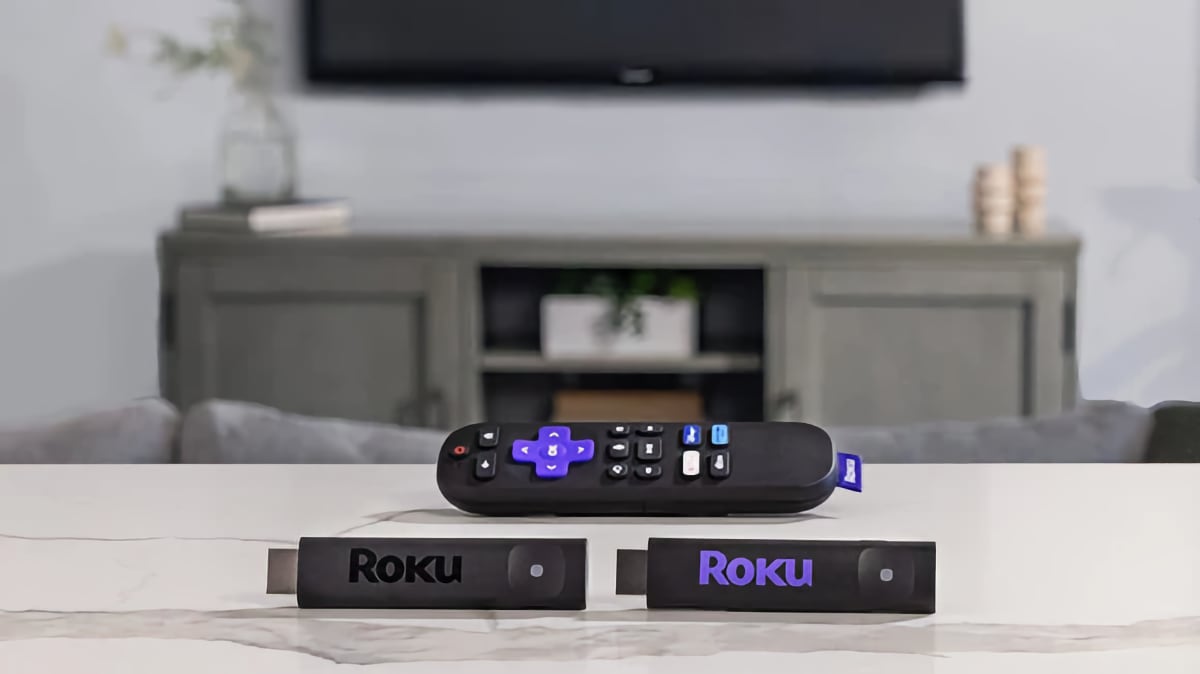Apple is transitioning to OLED in iPad Pro and while Microsoft is not making OLED a standard feature, they are now offering it as an option. It marks the beginning of the shift from LCD to OLED in high-end tablets.
The new Surface Pro features an optional 13-inch OLED display with a resolution of 2880x1920 pixels and a dynamic refresh rate of up to 120Hz.
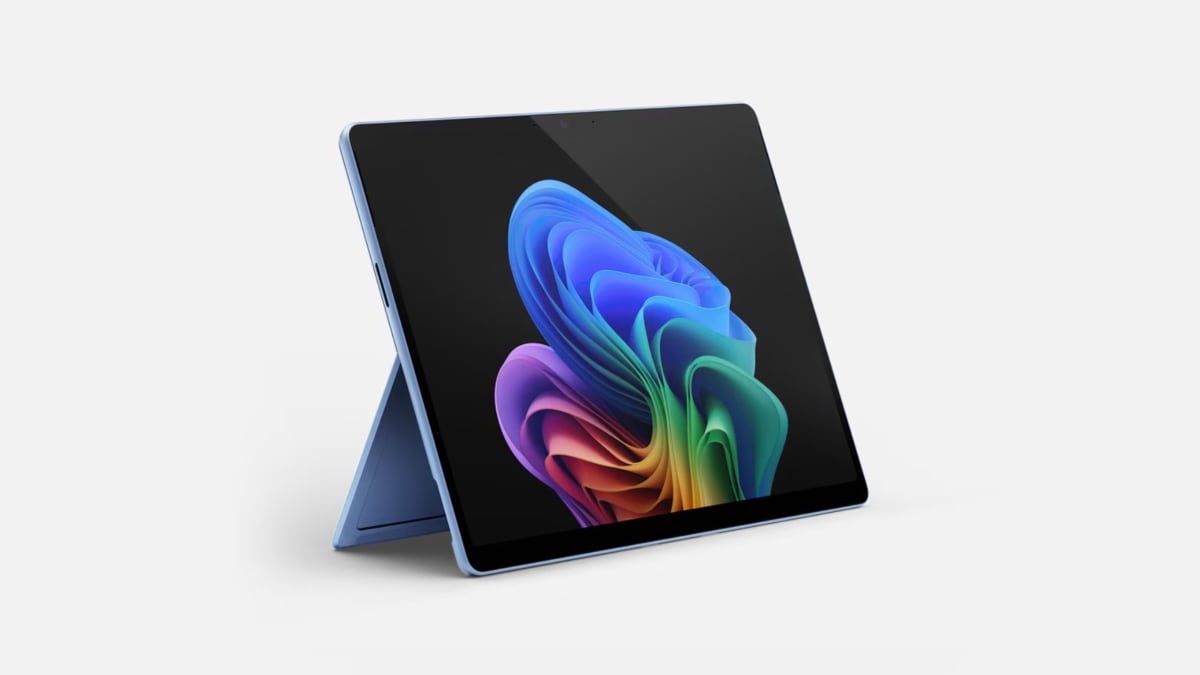
The new Surface Pro with OLED display. Photo: Microsoft
- "The all-new Surface Pro, powered by Snapdragon X Elite and Snapdragon X Plus processors, delivers incredibly fast speeds, 90% faster than Surface Pro 9. It’s built for the ultimate multitasker, supporting up to three external 4K displays, with two USB 4 ports, and a stunning 13” display with new optional OLED with HDR technology, delivering new levels of peak brightness and immersive colors," announced Microsoft.
Here is how it compares to the new iPad Pro's OLED, with input from Display Supply Chain Consultants (DSCC):
Apple's iPad Pro vs. Microsoft's Surface Pro
| 13" Apple iPad Pro | 13" Surface Pro |
|---|
| Display tech | Tandem OLED | OLED |
| Resolution | 2752x2064 pixels | 2880x1920 pixels |
| Panel supplier | LG Display | Samsung Display |
| Refresh rate | 10–120Hz | 60–120Hz |
| Brightness | 1000 nits | 600 nits |
| Peak brightness | 1600 nits | 900 nits |
| HDR support | HDR10, Dolby Vision | HDR10, Dolby Vision |
FlatpanelsHDLimited market impact
However, unlike Apple’s full transition to OLED in the iPad Pro, Microsoft’s optional OLED is not expected to have a significant market impact.
Ross Young from DSCC notes that shipment volumes for the OLED panel in the Surface Pro are currently 23 times lower.

Graph: DSCC
Dolby Vision HDR, but...
Microsoft said that the new Surface Pro supports HDR, including Dolby Vision IQ, regardless of whether you opt for the LCD or OLED display.
However, the LCD remains an IPS LCD with edge LED, which is not capable of delivering anything near HDR picture quality.
Choosing the OLED option provides a true HDR-capable display for the first time in the Surface Pro, but it still faces limitations due to poor HDR support in Windows. Beyond the lack of content, users must manually activate HDR in the Surface Pro’s settings menu, as noted by Microsoft.
It is encouraging that Microsoft is finally offering an OLED display in the Surface Pro, paving the way for HDR video to become a new standard in tablets. However, a lot of work is needed still to adapt Windows properly for HDR.
The new Surface Pro with OLED will cost an additional $500 on top of the $999 base price. This upgrade also includes the faster Snapdragon X Elite processor and double the storage capacity (512GB). It is available for pre-order now.
- Source: Microsoft, DSCC



